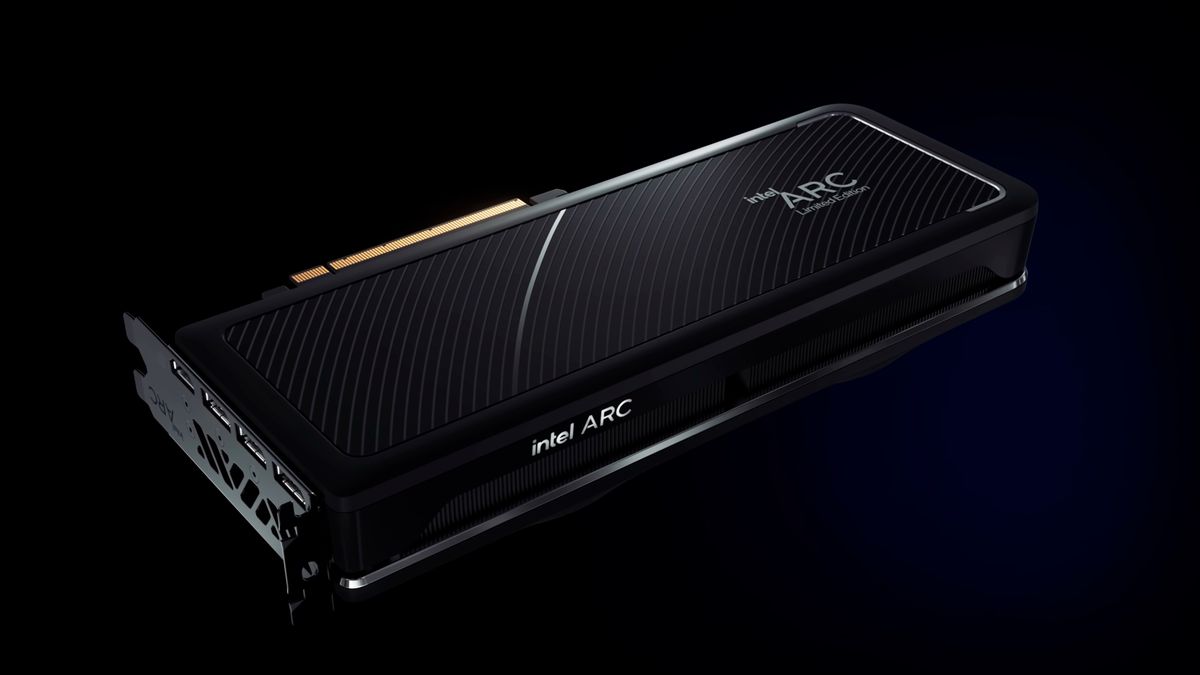
Intel continues to be a major force in the PC gaming landscape, largely due to its dominance in the processor market, where it supplies the majority of chips with integrated graphics. However, when it comes to discrete graphics cards, Intel’s reign appears to be over.
According to Jon Peddie Research (JPR), shipments of PC graphics cards rose to 9.5 million units in the second quarter of 2024, marking a 9 percent increase from the previous quarter. This uptick is noteworthy given the 10-year average, which indicates a typical decline of 7.1 percent during this period. JPR credits this growth to the launch of new graphics cards in the first quarter.
The more compelling narrative unfolds within the ongoing battle for market supremacy among AMD, Nvidia, and Intel in the discrete graphics card sector. Intel’s share has now plummeted to zero, a decline that reportedly began at the start of the year after dropping from a minuscule 2 percent just a year prior.
This shift has effectively transformed the PC graphics card market into a near-duopoly. Nvidia commands an overwhelming 88 percent market share, significantly extending its lead from 80 percent last year, while AMD has captured the remaining 12 percent previously shared with Intel. Jon Peddie, JPR’s president, remarked, “The add-in board market continues to surprise and astonish market watchers who have been predicting its doom for decades,” despite overall shipment declines compared to two years ago. However, he remains optimistic about future growth fueled by exciting new game releases that will push performance limits.
Interestingly, this decline coincides with Intel’s recent introduction of its Lunar Lake mobile processor, which incorporates a new Xe2 graphics core. Intel has plans to launch a discrete GPU known as Battlemage, although its release has been delayed, initially expected in 2023. Meanwhile, anticipation builds for Nvidia’s upcoming GeForce 5000 series (“Blackwell”). JPR analyst C. Robert Dow noted that while graphics card prices are expected to stabilize until the release of new GPUs from Nvidia and AMD, Intel’s ability to regain any market share will require extraordinary efforts.




